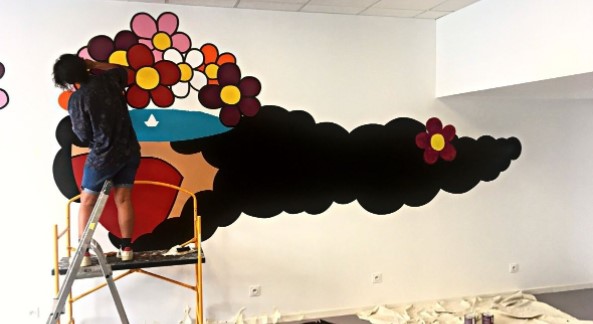Lucknow Gup: Place of Many Streams
Lucknow handles the parochial, and Varanasi sees a strange defeat
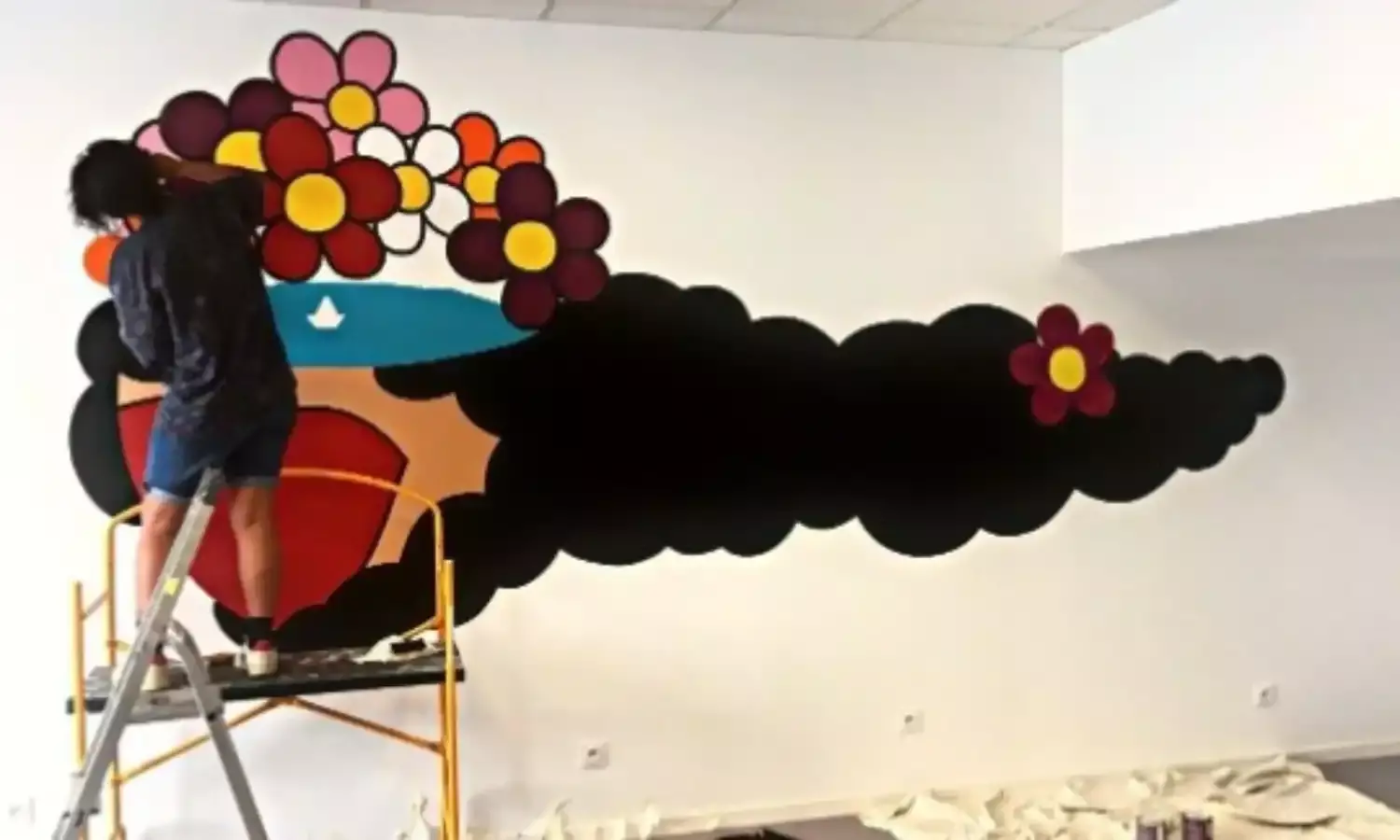
Friendship between Lucknow and France goes back many centuries. Artistic and cultural exchange between the two continues to this day. Rendezvous are organized regularly by the French cooperation network in India.
Lucknow is visited these days by Bonjour India, France’s cultural festival. A French cinematic and gastronomic experience was hosted recently on the sprawling lawns of a local boutique hotel that made the city go oh la la!
On a balmy April evening guests collected under the sky lit up with the silver of a nearly full moon. There was wine, plates of French delicacies and the screening of The Delicious, a delightful 2021 French film playing on a large screen in the open air.
Wall Art Festival has also come to Lucknow. The colourful French journey of art halted on the campus of the iconic Isabella Thoburn College to paint a section of the wall more than just red. French and Lucknow artists got together and in their mutual passion for street art have succeeded in splashing much colour around the college.
As if meals, movies and murals were not enough, an evening of jazz music is organised against the majestic silhouette of Constantia. The majestic building of the Constantia came up as a palace for Claude Martin, the French adventurer who lived and died in Lucknow in early 19th century.
Constantia is now the home of La Martiniere, a boy’s college named after Martin.
The first Frenchman to make Lucknow his home was Monsieur Niel, a trader. The home he built for himself was called Frankish Palace which the local people re-named Firangi Mahal, or home of foreigners. The place was occupied by successive French traders who came to Lucknow to buy indigo from local farmers in great quantity.
Islamic scholars were handed over the same house during the time of Mughal emperor Aurangzeb. Eventually the school begun in one corner of the Firangi Mahal transformed into a leading institution of Islamic studies and the entire neighbourhood in Lucknow’s Chowk area became famous as Firangi Mahal. Once the syllabus at the Firangi Mahal school was such that students from all over the world were attracted to study here.
When Mahatma Gandhi visited Firangi Mahal in the first half of the 20th century, all kitchens in the neighbourhood decided not to cook meat without being forced to do so.
This was the kind of consideration that citizens once practised in Lucknow.
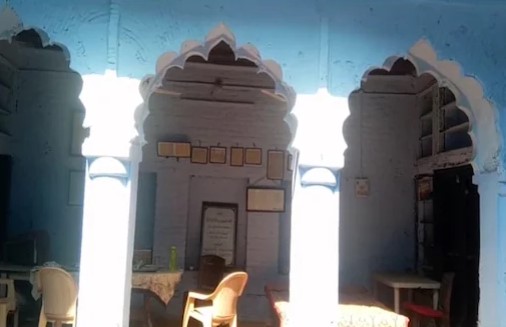
Today quarrels between citizens are invented where none exist. Apart from growing tension over meals from plants or animals, azaan and jaagran, there is resentment over language.
Language is always a shared heritage of all those people who use it as a means of communication with each other. Language is not confined to a religion but it is to a region.
Those in Lucknow who believe that Urdu is not their language do not know better. They do not know that Ghulam Hamdani Mushafi wrote at the start of the 19th century that the language he writes in, is Urdu.
Mushafi was born in Amroha and died in Lucknow. He began to live in Lucknow from the late eighteenth century and is the first to call the language that he wrote in, Urdu.
Mushafi prayed to god in verse that may the language that he first heard Mir Taqi Mir and Mirza Sauda speak be preserved, and which belongs to all of us.
khuda rakhe zuban humne sunii hai Mir o Mirza ki, kahen kis muun se hum, e mushafi, urdu hamari hai
The story of Sirajuddin Ali Khan Arzu, uncle of Mir is an interesting one.
Khan Arzu was a teacher who was fluent in Persian but was conscious that it was not his mother tongue. His mother tongue was the khadi boli that was spoken in Delhi where he grew up. In Lucknow he picked up the local dialect of avadhi. He found it absurd to write in one language and speak another.
Arzu inspired many of his students to look around them, and to listen and to use imagery and vocabulary from the local dialect that they spoke at home.
Over time the literati included fewer Arabic and Persian words and foreign descriptions in their work, giving rebirth to a more authentic local language that proved far more intimate with the self.
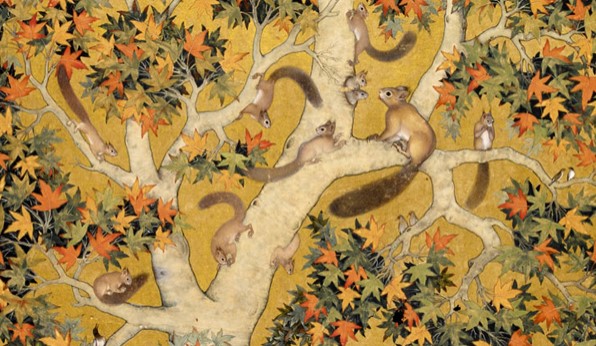
That is why the late Rahi Masoom Raza of Ghazipur, Uttar Pradesh was hurt when the parochial objected to a Muslim like himself being chosen by BR Chopra to adapt the Mahabharat into a television serial.
Raza burst into verse to call himself a son of the river Ganges. He was fluent in the twin languages of Hindi and Urdu. Because of where he came from, and because of his education none knew India and its civilization better than he did.
He wrote that every child is born a human being but children are made into Hindu and Muslim and separated into different camps later in life.
If Raza, a student of Urdu literature enjoyed writing in Hindi, then Raghupathi Sahay who studied English literature ended up as one of the greatest Urdu poets of the last century.
He took on the pen name of Firaq Gorakhpuri to symbolise the diversity of the different populations living in, and around the Gorakhpur area.
A great fan of the poetry of William Wordsworth, Gorakhpuri wrote mesmerising verses in Urdu. Here he is prepared to give up the gods of both worlds in exchange for his existence as a human being:
khuda-e doo jahan ko de ke hum insaan lete haiin
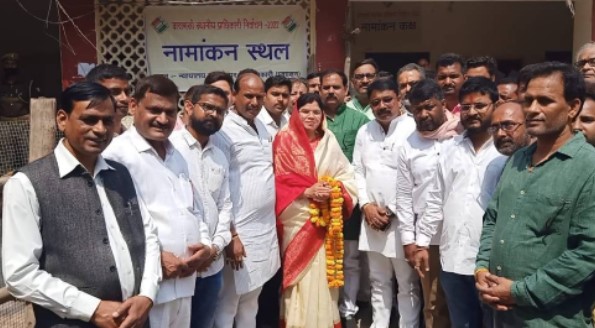
Who is Annapurna Singh?
Annapurna Singh, 48 is the wife of jailed muscleman Brajesh Singh. The plucky Annapurna Singh is a school drop-out having studied up to class nine. She contested as an independent candidate in Varanasi and hit the headlines for having defeated the BJP candidate in the recent MLC election. Sudama Patel, the BJP candidate lost his deposit and collected 170 votes while Annapurna Singh got a record 4,234 votes.
This is Annapurna Singh’s second victory from the same seat. She is one of two independents who won the elections. Of the 36 seats it contested, the BJP has won 33 seats but it is newsworthy to note that the BJP has been defeated in the Prime Minister’s Lok Sabha constituency.
After her defeat of the BJP candidate in Varanasi, Annapurna Singh thanked the UP Chief Minister for her win.
Now what does that mean?
